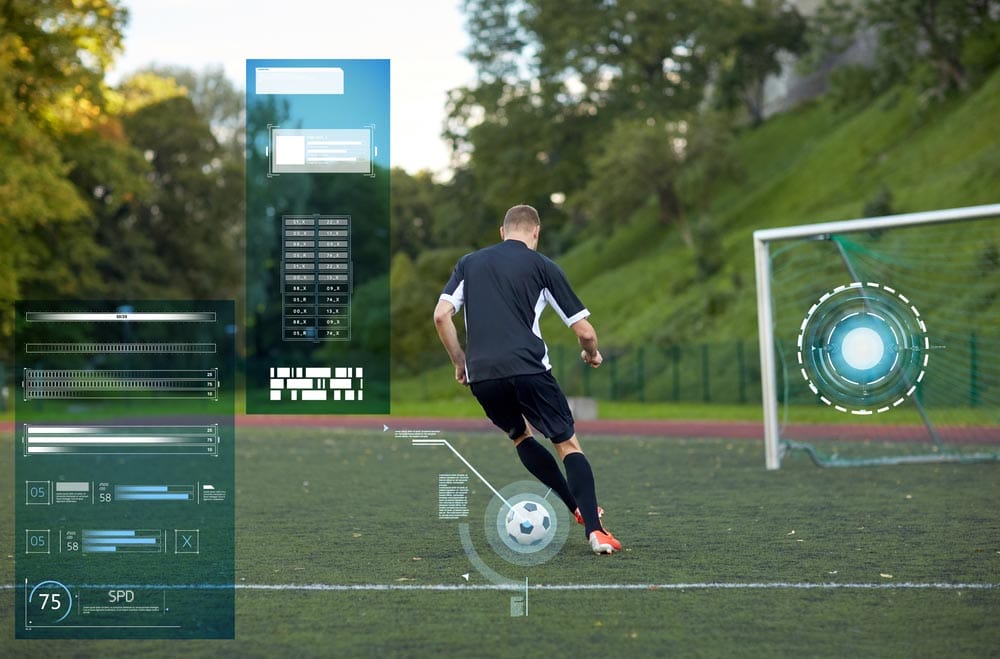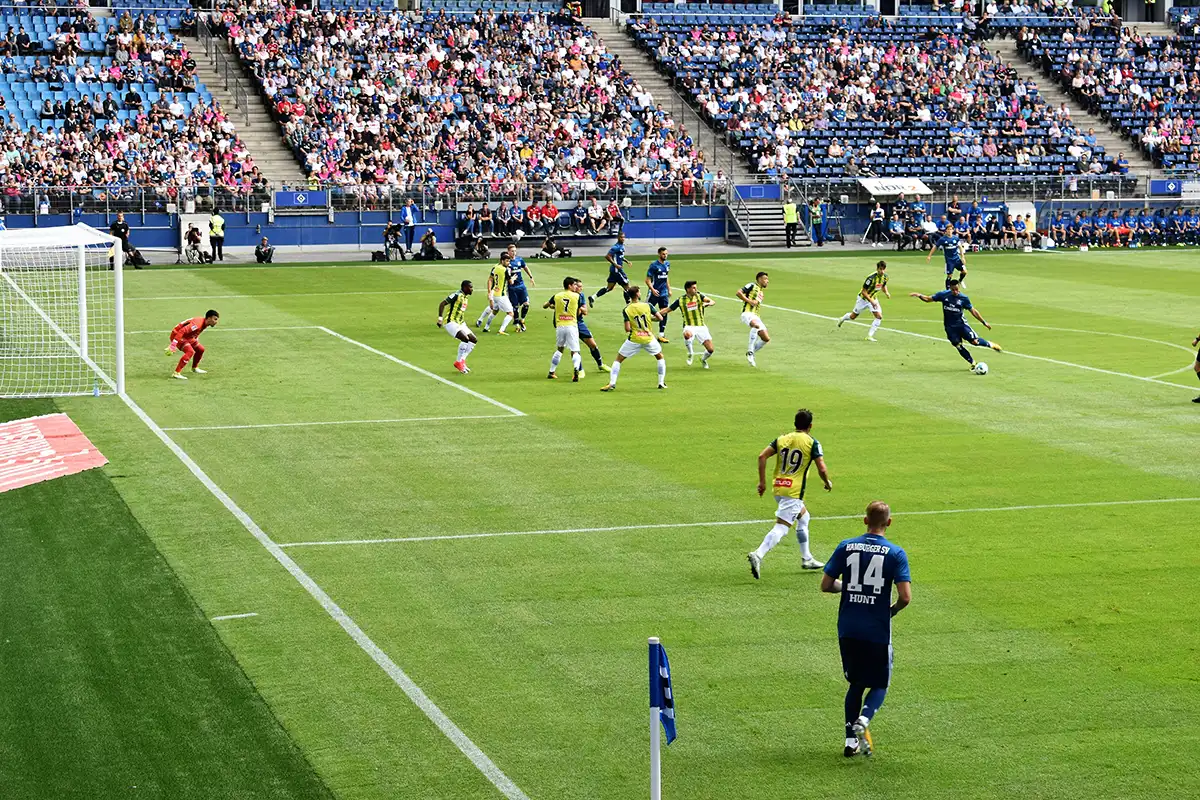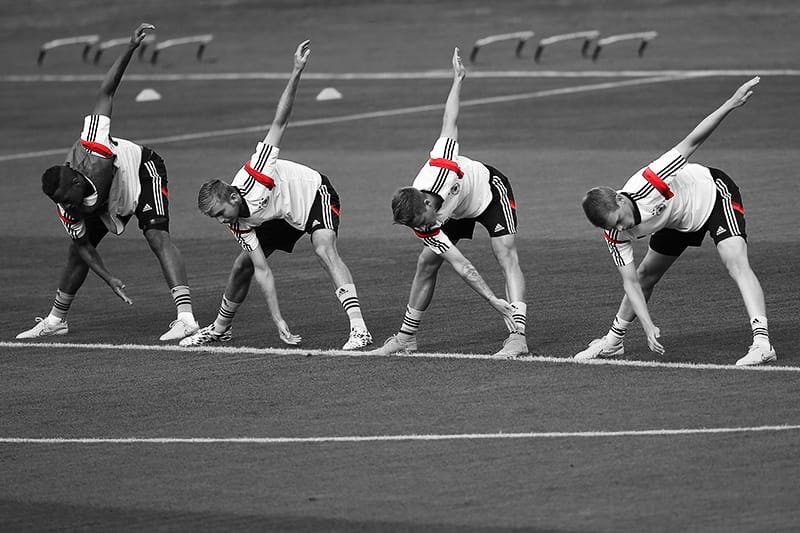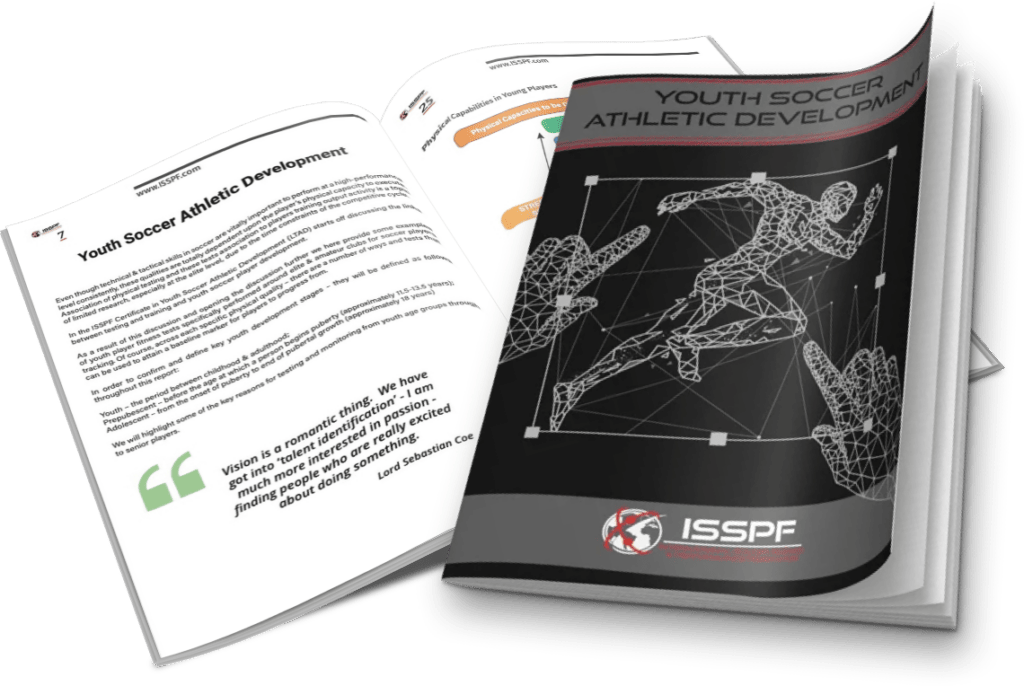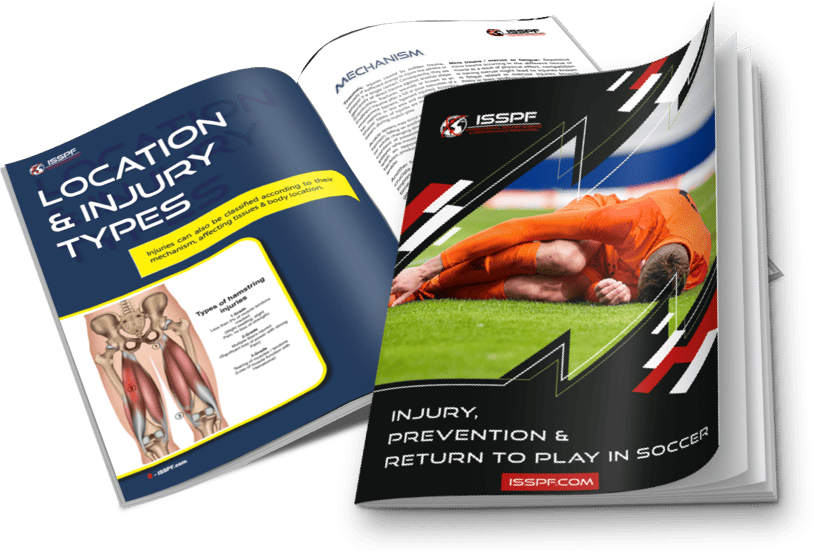The Use of Technology in Football: A New Era of Physical Transformation and Innovation
Written By: Catarina Bajanca (Sport Scientist, SL Benfica)
In recent years, elite football has experienced a profound transformation by integrating cutting- edge technologies. From player tracking systems to sleep management software, players have several tools available to elevate their performance.
This article delves into the various ways technology has revolutionized the world of elite football, highlighting the use of GPS and LPS systems, physical assessment platforms, and software for sleep management. Managing load and recovery to optimize player performance and mitigating the risk of injuries remains a paramount concern for sports scientists when working with players, making this topic a very important one to dive into.
Training Load Management Course
Player-Tracking Technology – Evolution of GPS and LPS systems
GPS data collection has been prevalent for quite some time now. Nearly every professional club utilizes this technology, and a substantial number of semi-professional and amateur clubs also ensure the gathering of this type of information (Akenhead & Nassis, 2016).
The reasons behind its adoption are multifactorial. GPS data allows for monitoring player loads, and it’s mainly used for that purpose, ensuring that they progress at appropriate rates and achieve specific goals. These goals can be individual, position-specific, or team-related (Ravé et al., 2020). However, the data can be harnessed for various other purposes.
In recent years, the utility of GPS data has been extended beyond physical load monitoring. It has been employed for broader performance analyses, transcending physical aspects.
This expansion offers distinct perspectives on potential applications of the collected data. These applications interest not only physical coaches but also technical staff members. The link between the physical and technical-tactical dimensions of the game can be established through the data collected via GPS technology (Caldbeck & Dos’Santos, 2022).
This form of analysis is what renders this data particularly intriguing. The ability to provide comprehensive feedback to the technical teams holds significant importance and can facilitate coaches’ acceptance of different aspects. For instance, it opens the door to modifying training loads according to specific physical objectives, thereby securing their support.
The ever-increasing capabilities of GPS technology have been allowing for a bigger buy-in from different practitioners. The ability to monitor data in real-time during training sessions and subsequently adjust loads offers a significant advantage of this technology.
Technical-tactical and physical coaches receiving immediate feedback during training and having the flexibility to adapt and modify exercises to address various demands allows for a more integrated approach. This ensures that the players are doing what they planned for that specific exercise or session.
Some clubs are also investing in Local Positioning System (LPS) technology.
Unlike GPS, which relies on time signals emitted by orbiting satellites, LPS operates differently, with devices transmitting time signals to locally positioned antennae. These characteristics grant LPS technology superior validity and reliability compared to GPS technology (Hoppe et al., 2018).
Initially employed predominantly in indoor sports due to the challenges these sports face in data collection within indoor facilities, this technology has made its way into clubs engaged in outdoor sports as well. The adoption of this technology by outdoor sports clubs can be attributed
to various motives, which won’t be explored further in this article, as they derive from the primary focus of this piece.
Training Optimization via Physical Evaluation and Monitoring Technologies
The evolution of technology in a sports setting extends far beyond the field.
Gyms are now furnished with cutting-edge technology to provide players and staff with information about their present condition, comparing it to baseline and intended benchmarks. A player’s physical progression is influenced by various factors and is not limited solely to on-field loads.
The ability to integrate physical training both on and off the field allows players to maximize their physical capacities. This, in turn, has a profound impact on the way they perform in the game, elevating both their individual and team performance.
Today, there are a multitude of platforms to test, evaluate and monitor players in a gym setting.
Technologies such as accelerometers and linear position transducers, which facilitate velocity- centric training, along with force platforms and dynamometers, illustrate the diverse array of tools available for collecting data and leveraging it to enhance player performance.
Evaluating athletic performance daily, without the implications of formal testing settings, but through monitoring, opens a multitude of opportunities to facilitate players’ progress. This approach helps determining the optimal course of action for each day based on their state of readiness.
It involves strategizing their activities throughout the microcycle and creating plans for the medium to long term. Overall, it allows for a more personalized, precise, and individualized approach, adapted to their specific needs and objectives. Regular testing also gets players actively involved in the process.
Witnessing their evolution across various skills and abilities serves as a motivation to keep pushing for bigger goals. Knowing that the achievements they’re having, both on and off the field, contribute to their performance in training and games, becomes a strong motivating factor and the main focal point of this type of effort.
Ensuring that the information collected thought monitoring is shared with all the staff members is extremely important.
It is crucial that the testing and the subsequent data extracted from it are effectively communicated to everyone who has a direct collaboration and impact on the players’ performance guaranteeing that the best support is being provided to the players.
The presence of a multidisciplinary team that synthesizes insights from diverse domains benefits not just the players but also the coaches. This comprehensive view empowers them to understand the broader context, enabling adjustments and adaptations, If necessary, in session plans and individual training programs.
Software for Sleep Management – Power of Rest
Sleep is many times forgotten as a crucial piece of the puzzle when it comes to player monitoring.
What a player does during training is only part of the equation and analysing that provides insights into just 2 to 3 hours of the player’s day, which like everyone else’s has 24 hours. This means that training analysis only accounts for a mere 10% of the player’s daily activities.
Monitoring sleep has been one of the most recent technology advancements in the last years (Altini & Kinnunen, 2021). It involves having players being monitored during “off-work” hours, which can have other significant implications. However, when done with the player’s compliance it can give the player and the coaches good feedback about the player’s recovery and present condition.
Various software options are available in the market for this kind of monitoring, but they tend to offer similar feedback. These monitoring systems can include features like heartrate, temperature, and motion analysis.
By combining these diverse metrics, players receive insights into their overall sleep quality and morning readiness. However, like any other monitoring tool, it’s crucial to critically analyse all the collected data and make decisions based on a comprehensive understanding of the entire situation, which can only be assessed after communicating with the player.
Having this type of information is powerful. It should be considered carefully but when done so, it allows for player well-being, which stands as the primary priority in ensuring that players can train and perform at their peak potential.
Linking recovery, specifically sleep data, with different performance metrics can be very valuable in understanding how the players recover from different exercises, sessions, and workloads. This type of integrated analysis could allow for a more personalized approach in both pre-training and post-training strategies.
Challenges and Ethical Considerations
Integrating technology in elite football has a lot of benefits, but it can also pose several challenges. With that said, ethical concerns should be made aware when gathering data (Harriss et al., 2019). The data collected is the property of the players, and the storage and utilization of player’s data must occur with their informed consent.
It is important to balance the use of technology to enhance performance and, at the same time, safeguarding player’s interests, and privacy.
Conclusion
Technology has been increasing prevalent in elite football.
Almost everything can be monitored, and this must be overseen with caution, always prioritizing the players’ welfare. Technology advancements have allowed practitioners to meticulously plan and adjust trainings objectively to enhance players’ and teams’ performances.
Whether supporting a young player transitioning to the main team, helping a player recover from injury, implementing load management strategies, or enhancing recovery processes, technology, when managed properly, facilitates informed decision-making.
However, it is crucial to maintain equilibrium between employing the advantages of technology and preserving the fundamental values of the game.
🌟 Discover the Ultimate Soccer Training Load Management Course! 🌟
Are you passionate about soccer and dedicated to maximizing your performance on the field? Look no further! Introducing the International Soccer Science & Performance Federation’s Soccer Training Load Management Course.
👉 Website: Learn More
🔥 Unlock Your Coaching & Players Potential! 🔥
⚽ What’s in it for you?
📚 Expert Insights: Gain access to cutting-edge knowledge from top soccer experts, coaches, and sports scientists.
🧠 Performance Enhancement: Learn the art of load management to optimize your training, prevent injuries, and peak at the right moment.
📊 Data-Driven Excellence: Understand the science behind performance tracking, analytics, and how it can transform your team.
🗓️ Flexible Learning: Study at your own pace with our online platform, perfect for practitioners, coaches, and soccer students.
🏆 Proven Success: Join the ranks of those who have elevated their soccer careers with ISSPF’s world-class education.
Don’t miss out on this incredible opportunity to take your soccer journey to new heights. Whether you’re an aspiring athlete, a coach, or just a die-hard soccer fan, this course is your ticket to soccer excellence!
👟⚽ Kickstart your journey today! Visit ISSPF Soccer Training Load Management Course for more information and registration.
References (click + to expand)
References
Akenhead, R., & Nassis, G. P. (2016). Training load and player monitoring in high-level football: Current practice and perceptions. International Journal of Sports Physiology and Performance, 11, 587–593.
Altini, M., & Kinnunen, H. (2021). The promise of sleep: A multi-sensor approach for accurate sleep stage detection using the oura ring. Sensors, 21, 4302.
Caldbeck, P., & Dos’Santos, T. (2022). How do soccer players sprint from a tactical context? Observations of an English Premier League soccer team. Journal of Sports Sciences, 40(23), 2669–2680.
Harriss, D. J., MacSween, A., & Atkinson, G. (2019). Ethical Standards in Sport and Exercise Science Research: 2022 Update. International Journal of Sports Medicine, 40, 813–817.
Hoppe, M. W., Baumgart, C., Polglaze, T., & Freiwald, J. (2018). Validity and reliability of GPS and
LPS for measuring distances covered and sprint mechanical properties in team sports. PLoS ONE, 13(2), e0192708.
Ravé, G., Granacher, U., Boullosa, D., Hackney, A. C., & Zouhal, H. (2020). How to Use Global Positioning Systems (GPS) Data to Monitor Training Load in the “Real World” of Elite Soccer. Frontiers in Physiology, 11:944.
Share this article:
